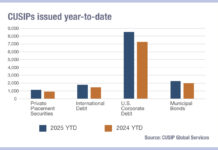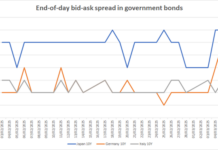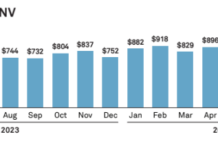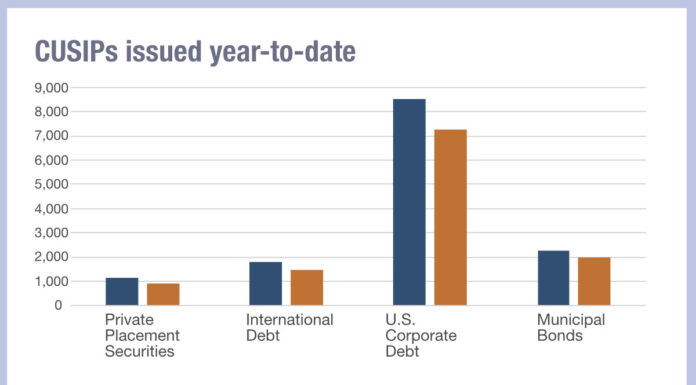In a recent post from the Securities Industry and Financial Markets Association (SIFMA), former chief economist and director of the Division of Economic and Risk Analysis (DERA) at the SEC Craig Lewis argued that the commission’s best execution proposal was built on “fundamentally flawed“ economic analysis.
In December 2022, the SEC set out a proposal advocating for the introduction of a best execution regulatory framework, applicable to brokers, dealers, government securities brokers, government securities dealers, and municipal securities dealers. If adopted, this would be the first best execution rule established by the SEC.
Under the rule, broker-dealers would need to establish, maintain and endorse written policies to comply with the standard. Best execution practices would have to be reviewed at least once a year, with written reports of the findings presented to boards of directors.
In a recent report from the Securities Industry and Financial Markets Association (SIFMA), Craig Lewis, former chief economist and director of the Division of Economic and Risk Analysis (DERA) at the SEC, argued that the proposal is unnecessary. No clear evidence of market failure necessitating a rule change has been provided, he said, and potential benefits appear to be negligible. Efforts to quantify the economic impact of a rule change are “fundamentally flawed”, he added, leading to unreliable results.
Two economic analyses have been used to justify the rule change: midpoint liquidity analysis and execution quality analysis. Both of these are inaccurate measures, Lewis stated.
“Although it is not completely clear how the SEC performed [the midpoint liquidity] analysis, it does appear overly simplistic,” he said of the former. Minimum quantity restrictions imposed by many trading venues are ignored, potentially inflating the perceived hidden institutional liquidity that could be accessible to retail investors and leading to an overstatement of accessible midpoint liquidity. This minimises the benefits that a new rule could have on what the analysis already shows to be a robust market, Lewis argued; the SEC’s method finds that 45% of retail orders are executed at midpoint or better.
In its execution quality analysis, the SEC concluded that orders routed to wholesalers “compared favourably” to exchanges in regard to execution quality. This included higher fill rates, lower effective spreads and lower effective/quoted ratios.
The results implied positive results from current systems – but the SEC proposed improvements. Finding higher realised spreads with orders handled by wholesalers, the commission stated that “wholesalers have an opportunity to earn higher economic profits than liquidity suppliers on exchanges after accounting for adverse selection costs (i.e. after adjusting for price impact).”
However, Lewis again suggests that these conclusions are inaccurate. Realised spreads do not equate to market maker profitability, he argued, and a reliance on mean realised spreads does not account for the distribution of order types across wholesalers and exchanges.
“Essentially, the commission is pursuing regulation for its own sake,” Lewis concluded. “A more reasonable approach would be for the SEC to maintain the current competitive ecosystem while encouraging the industry to pursue data and market-driven incremental improvements that do not pose risks to the significant benefits that retail investors enjoy today.”
©Markets Media Europe 2024
©Markets Media Europe 2025

























